1. They Were Basically Mini Vacations Disguised as Learning

Let’s be honest—wildlife field trips felt like a secret getaway from the daily grind of school. No more sitting in stiff chairs, staring at whiteboards, or flipping through textbooks. Instead, we were loading onto a bus, packed with snacks and excitement, ready to explore the great outdoors. Whether it was a trip to the zoo, a wildlife sanctuary, or a nature reserve, the thrill of leaving school grounds made it feel like an adventure. Even better? Teachers were more relaxed, and the usual classroom rules seemed to loosen up a little.
But beyond the fun, these trips gave us a hands-on education that stuck with us. We weren’t just reading about ecosystems—we were walking through them, hearing birds chirp, and watching animals in their natural (or semi-natural) environments. Seeing a lion yawn in real life or watching a sea otter float on its back was way more impactful than any diagram in a book. It made learning exciting, memorable, and for some, even life-changing. These trips were a glimpse into a world beyond our school walls, and for a day, we got to be explorers instead of just students.
2. Feeding the Animals Was the Best Part (Even If It Was Just Lettuce)
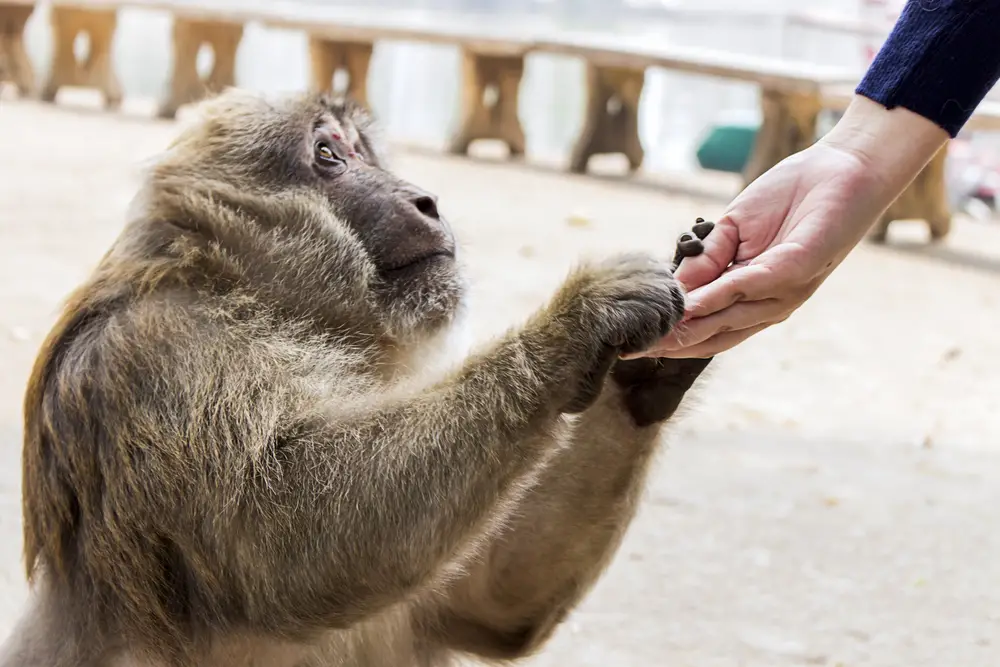
Few things were as thrilling as getting to feed an animal during a wildlife field trip. Whether it was tossing fish to seals, handing a crunchy carrot to a giraffe, or scattering birdseed for a flock of eager parrots, it made us feel like mini zookeepers. Sure, sometimes all we got was a handful of boring lettuce to feed a tortoise, but even that was exciting. The anticipation of having an animal take food straight from our hands was enough to make us feel like we had a special connection with nature.
Of course, there was always that one kid who got scared at the last second and dropped their food on the ground (we won’t name names). And let’s not forget the moments when animals weren’t exactly gentle—like when a goat snatched a whole paper bag instead of just the snack inside. But even those moments made for hilarious memories. Feeding animals made us realize they had personalities, quirks, and even preferences—some loved attention, while others just wanted the food and nothing more. It was one of the simplest joys of a wildlife trip, but it made us feel like we were part of their world, even for just a few minutes.
3. The Bus Ride Was Half the Fun
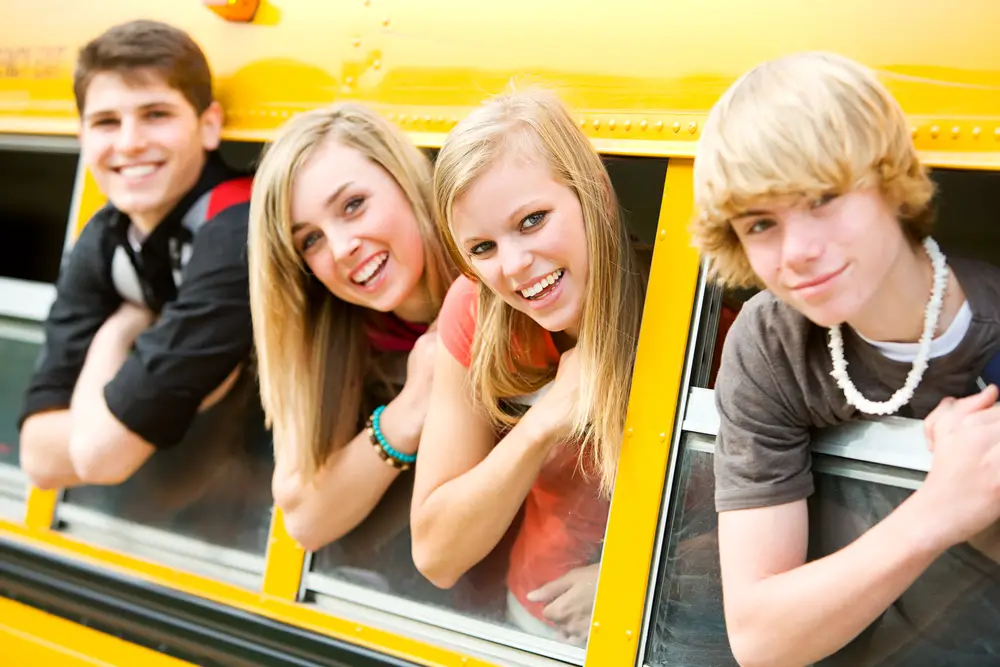
There was something magical about field trip bus rides, especially when they involved wildlife adventures. As soon as we got on, the excitement kicked in—who would sit with whom, which snacks were getting traded, and what songs would be sung (loudly and off-key, of course). The energy was electric, with kids chattering about what animals they were most excited to see. Even the normally quiet kids got swept up in the excitement, turning into amateur tour guides, predicting what we’d encounter first.
But the real magic of the bus ride happened on the way back. Sunburned, exhausted, and clutching cheap souvenir keychains, we’d pile back into our seats with stories to tell. Some of us dozed off with our heads bobbing against the windows, while others were still buzzing from the day’s adventures. There was always at least one kid who wouldn’t stop talking about the “crazy thing” they saw, and another who swore an animal looked straight into their soul. The bus ride wasn’t just transportation—it was part of the adventure, filled with laughter, friendship, and the kind of memories that stuck with us long after the trip ended.
4. Getting Close to “Dangerous” Animals Gave Us a Rush
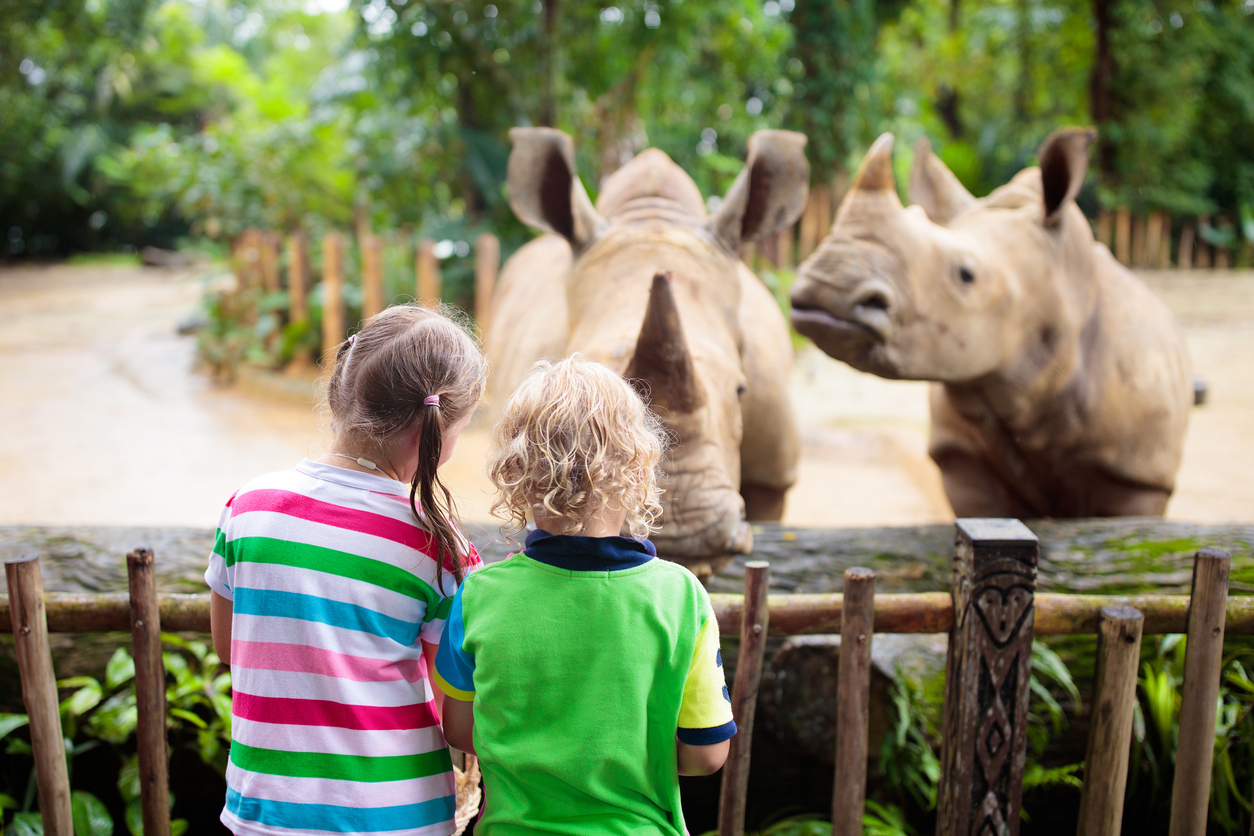
Even though we were perfectly safe, standing just a few feet away from a lion, wolf, or alligator gave us an adrenaline rush like no other. It was one thing to see them on TV or in books, but seeing them in real life—massive paws, sharp teeth, and all—was a completely different experience. Every time a tour guide reassured us that the fence was strong enough, there was still that tiny part of our brain that whispered, “But what if it isn’t?” That little thrill made the whole experience feel even more adventurous.
And let’s not forget the dramatic “what if” conversations we had with our friends. “What if the tiger escapes?” “What if the eagle grabs someone’s hat?” “What if the snake somehow gets out of its enclosure and slithers onto the bus?” (Spoiler: None of these things ever happened, but the imagination ran wild.) In reality, these animals were well cared for and used to being around people, but for a kid, standing so close to a predator felt like the ultimate dare. It made us appreciate the power and beauty of wildlife in a way that no textbook ever could.
5. There Was Always That One Animal That Stole the Show
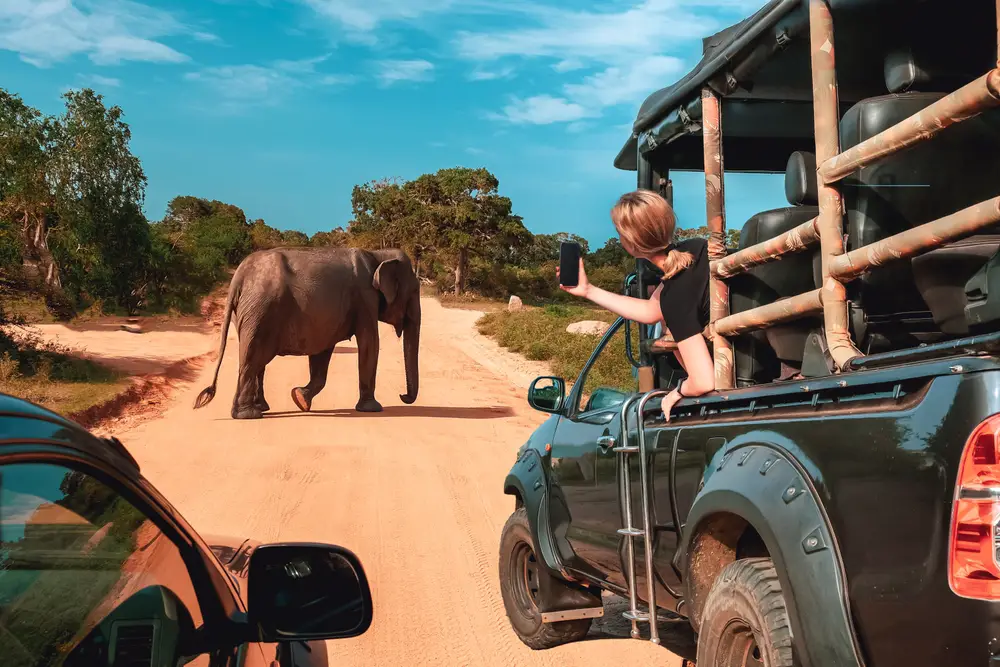
Every wildlife field trip had that one animal that became the unofficial star of the day. Maybe it was a gorilla who made funny faces at the glass, an otter that wouldn’t stop showing off, or a parrot that actually responded when someone said “hello.” Whatever the case, there was always an animal that had the entire group gathered around, laughing, pointing, and completely ignoring the rest of the exhibits.
And let’s not forget the unexpected stars—the animals that weren’t supposed to be the main attraction but totally stole the spotlight anyway. Sometimes it was a random squirrel that decided to crash our lunch break, or a goose that aggressively chased a group of kids (traumatizing, but memorable). These little moments made each trip unique, turning an ordinary visit into a legendary story we’d tell over and over again. Because when you’re a kid, it’s not just about seeing animals—it’s about the hilarious and unexpected experiences that come with them.
6. The Gift Shop Was a Mini Treasure Hunt
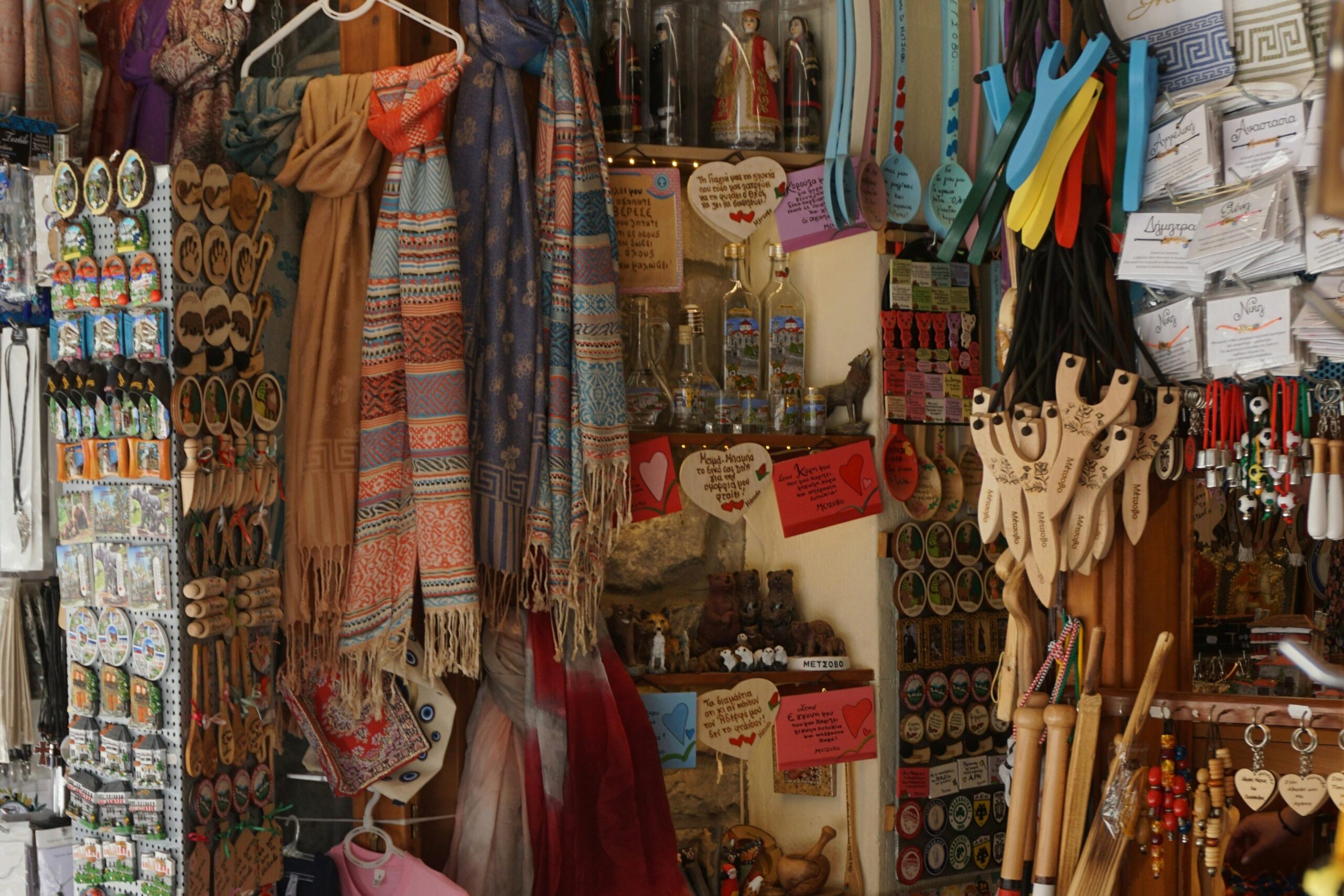
Even if we barely had enough money to buy a single pencil, stopping at the gift shop was a crucial part of every wildlife field trip. As soon as we walked in, it was like stepping into a mini wonderland of stuffed animals, keychains, and glow-in-the-dark t-shirts. There was always that one person in the group who went straight for the most expensive item, while the rest of us frantically searched for something cool that fit within our tiny budget.
The best finds were always the little things—maybe a shark tooth necklace, a squishy frog keychain, or a sticker book filled with animal facts. And let’s not forget the joy of getting a bag of colorful rock candy or a tube of flavored lip balm that we’d immediately lose by the next day. Even if we only left with a pressed penny from the souvenir machine, it felt like we were bringing home a piece of the adventure. The gift shop stop wasn’t just about buying things—it was about holding onto the magic of the day just a little longer.
7. Learning Weird Animal Facts That Blew Our Minds
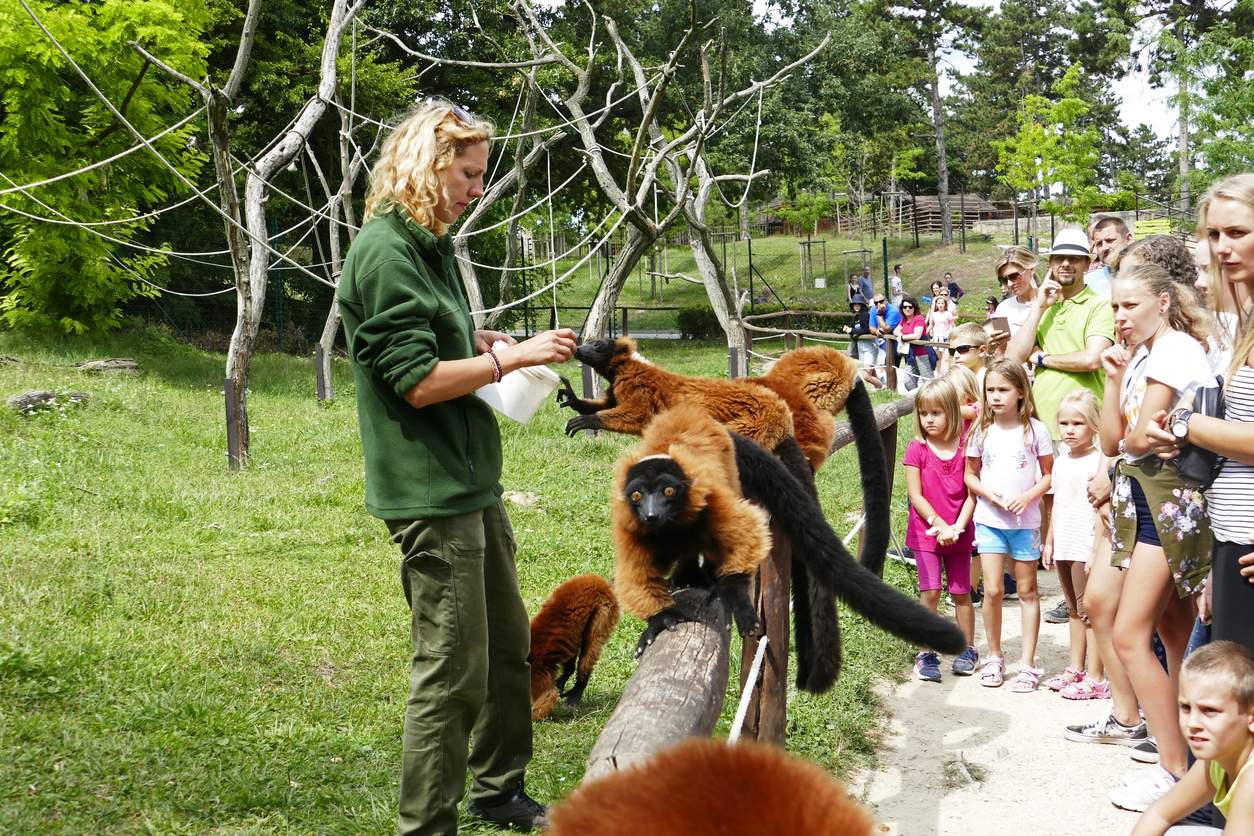
There’s something about hearing a bizarre animal fact that sticks with you forever. Wildlife field trips were full of these little nuggets of knowledge that we couldn’t wait to repeat to anyone who would listen. Did you know an octopus has three hearts? Or that a sloth can hold its breath longer than a dolphin? These were the kinds of things that made our jaws drop and had us looking at animals in a completely new way.
The best part was that these facts were often delivered in the most entertaining way possible. A zookeeper would casually mention that a hippo’s sweat is pink, and suddenly, that was the most fascinating thing in the world. We’d return to school feeling like mini animal experts, proudly sharing our newfound knowledge. Even years later, random facts from those trips still pop up in our brains, proving that learning through experience is way more powerful than reading about it in a textbook.
8. The “Do Not Touch” Rule Made Us Want to Touch Everything
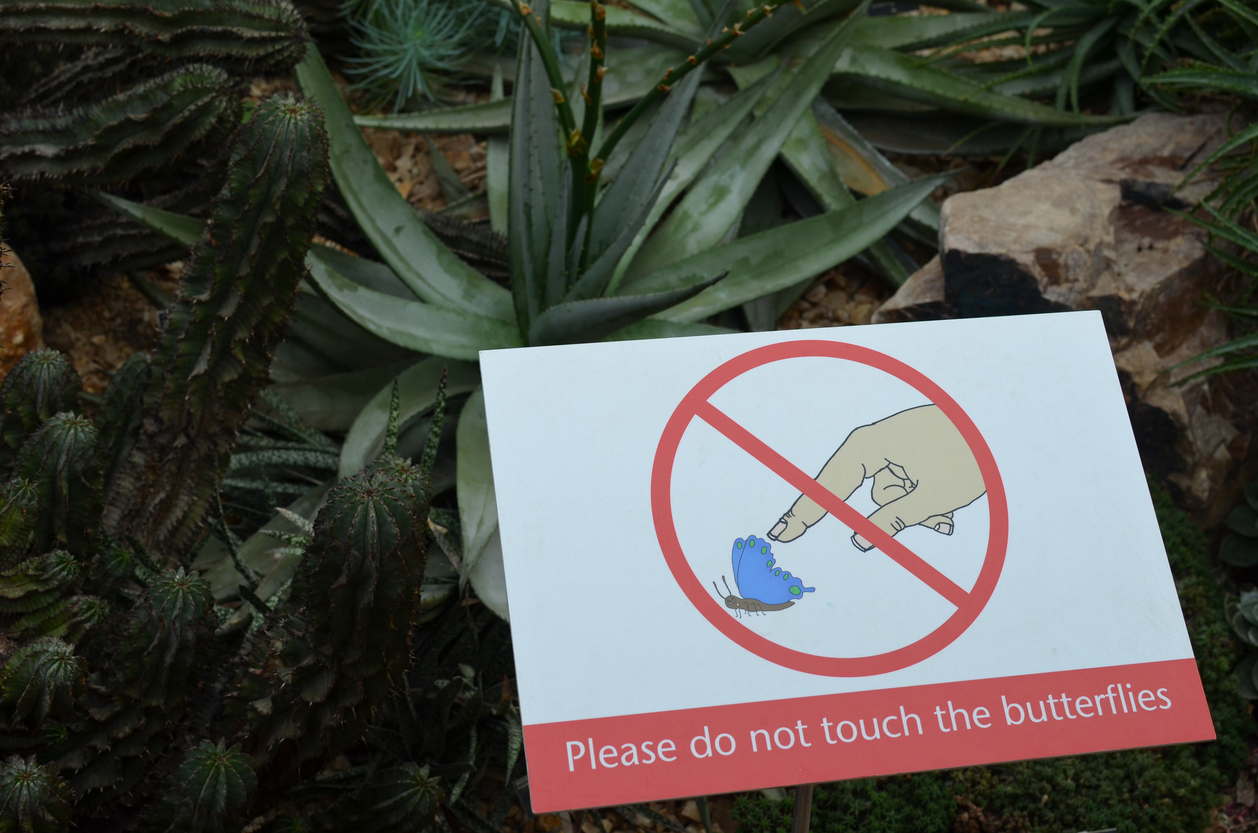
Every wildlife trip came with strict rules—no running, no yelling, and definitely no touching the animals. But let’s be real—being told not to touch something just made it more tempting. There was always that one kid who got a little too close to the petting zoo fence or reached out to see if the “interactive” exhibit really meant hands-off. The second a tour guide said, “Don’t stick your fingers in the cage,” suddenly, it felt like the most irresistible challenge ever.
Of course, most of us followed the rules (or at least tried to), but the temptation was real. Even something as simple as a “Do Not Tap the Glass” sign felt like an open dare. And let’s not forget the brave few who actually got to touch something—whether it was a scaly snake, a soft bunny, or a surprisingly rough starfish. The thrill of physical contact with a real, living creature made those moments unforgettable.
9. The Smells Were… Unforgettable
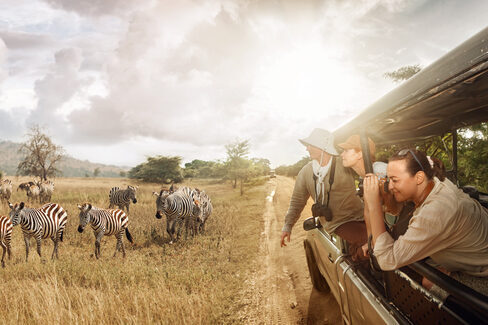
If you’ve ever been on a wildlife field trip, you probably still remember the smell. Whether it was the fishy scent of an aquarium, the earthy aroma of a farm, or the straight-up stink of a zoo, it hit you the moment you walked in. At first, it was overwhelming, but after a few minutes, it became part of the adventure. The air was thick with the scent of hay, animal food, and occasionally, something far less pleasant (looking at you, elephant enclosure).
While some smells were bad enough to make us gag, others became strangely nostalgic. The scent of wet leaves in a nature reserve or the salty breeze at a marine sanctuary had a way of sticking in our memory. And let’s be honest, at least one of us left with a jacket or backpack that smelled like a barn for days. Whether we loved or hated it, the smells of a wildlife trip made the experience all the more immersive—and definitely unforgettable.
10. The One Kid Who Was Way Too Brave Around Animals

Every wildlife field trip had that one kid who acted like they were on an episode of Animal Planet. While most of us were cautiously admiring creatures from a safe distance, this kid was volunteering to hold a tarantula, reaching out to pet a giant snake, or sticking their hand into a tank of wriggling sea creatures without hesitation. They weren’t just fearless—they seemed to thrive on the thrill of getting up close and personal with wildlife.
Sometimes, their bravery made us wish we were bolder. Other times, it just made us nervous. Would they actually try to pet the alligator? Were they really about to let that bird climb onto their shoulder? But deep down, we were all a little jealous of their courage. Because while we were cautiously watching from the sidelines, they were having the kind of hands-on experiences that made the trip even more exciting.
11. Seeing an Animal in Real Life Made It Feel Like Meeting a Celebrity
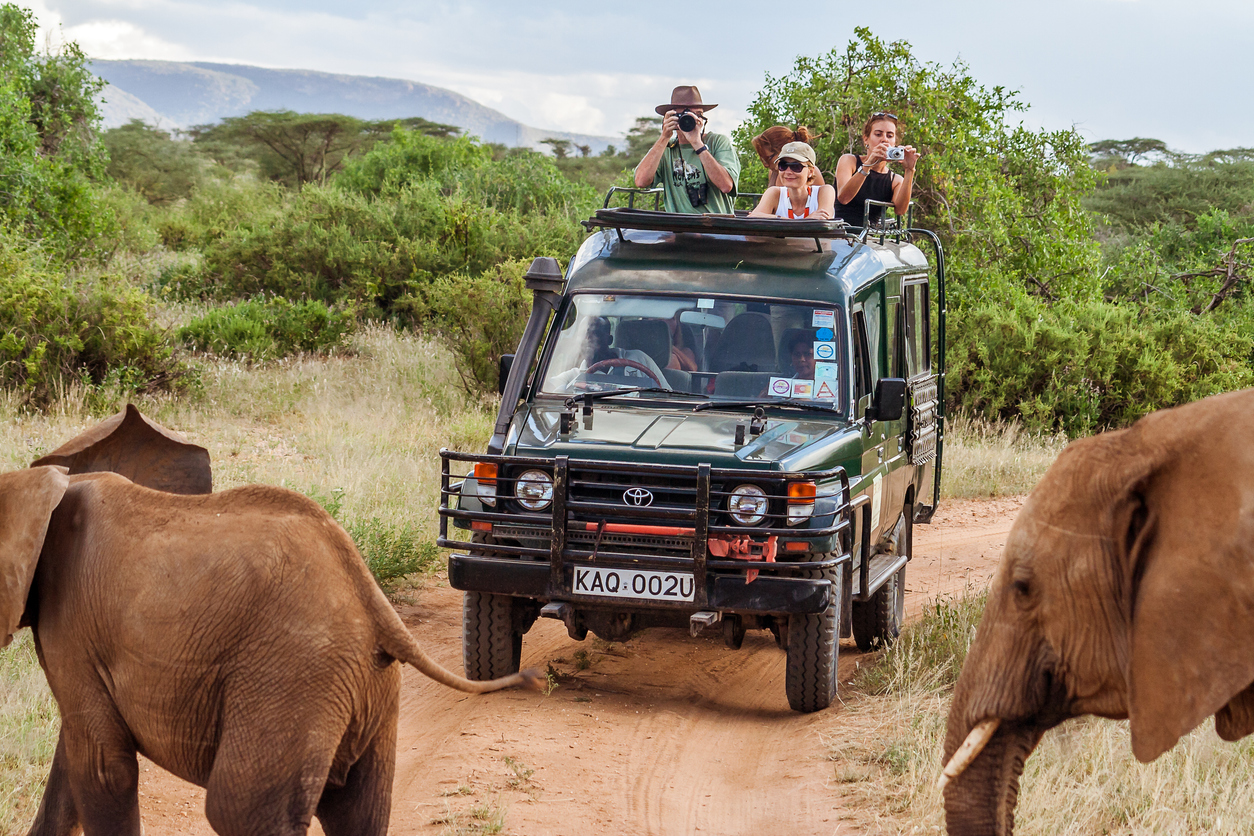
When you grow up watching nature documentaries, reading animal books, or playing with stuffed toys, seeing one of those animals in person feels surreal. It’s like meeting a celebrity, but instead of asking for an autograph, you just stand there in awe. Whether it was spotting a massive sea turtle, locking eyes with a sleepy red panda, or watching a tiger stretch in the sun, there was always that one moment when we thought, Wow, they’re real!
It didn’t matter that we were just one of many visitors that day—the animals felt special, like they were performing just for us. We’d press against the glass, trying to get the perfect look, or wait patiently for a sleepy animal to wake up and do something. And when they finally did—whether it was a simple yawn or a dramatic leap—it felt like a once-in-a-lifetime moment. Seeing these creatures in real life made us appreciate them in a way no book or movie ever could.
12. Leaving With a Lifelong Love for Animals
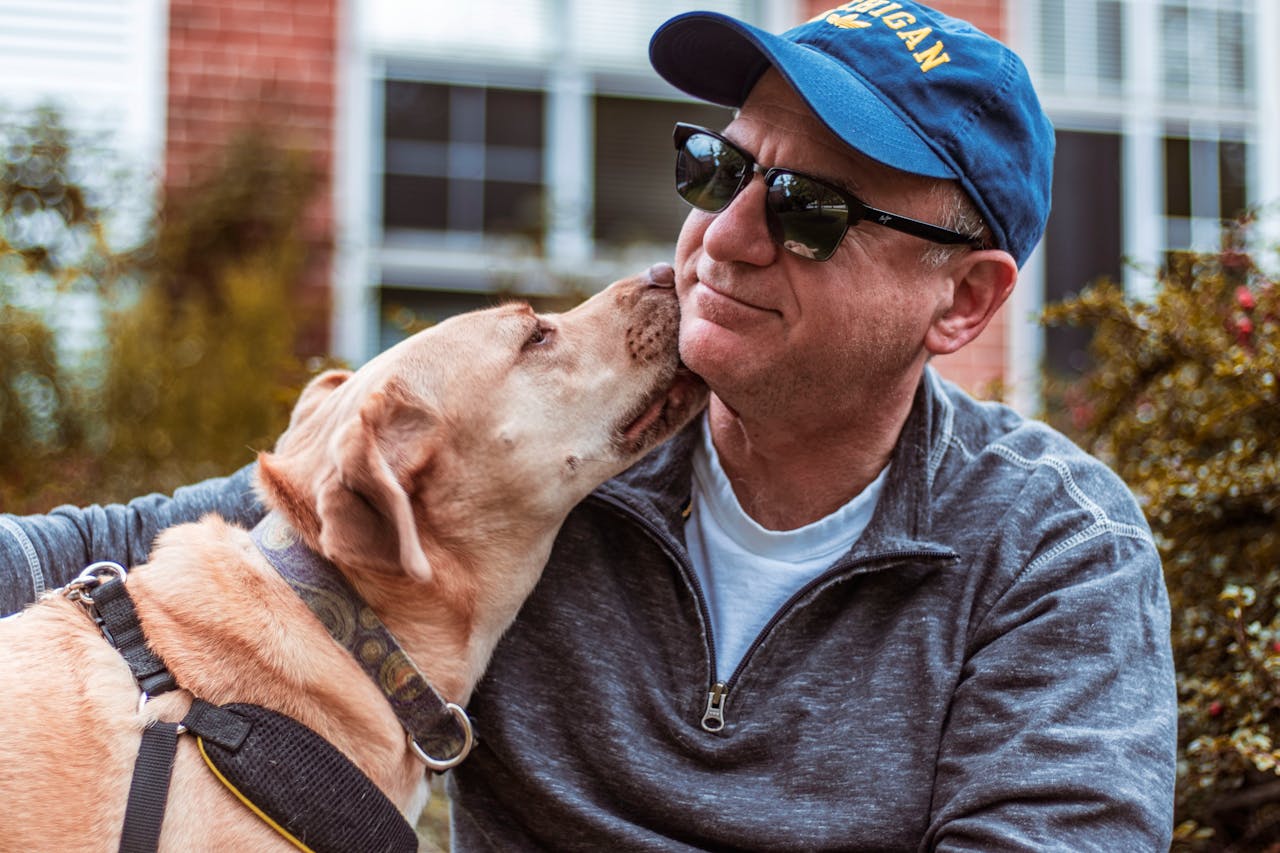
Wildlife field trips weren’t just about having fun for a day—they planted seeds of curiosity and compassion that lasted a lifetime. Many of us left those trips with a newfound appreciation for animals and the environments they live in. Some of us even started dreaming about becoming zookeepers, veterinarians, or wildlife photographers. Even if we didn’t follow that path, the memories of those trips made us more mindful of nature and the creatures we share this planet with.
For some, that love for animals turned into action—adopting pets, donating to conservation efforts, or simply being more aware of how humans impact wildlife. Those early experiences shaped the way we saw the world, making us realize that animals weren’t just things to look at—they were living beings with their own personalities, struggles, and needs. And that’s why, even as adults, the sight of an animal still fills us with that same childlike excitement we felt on those unforgettable field trips.


